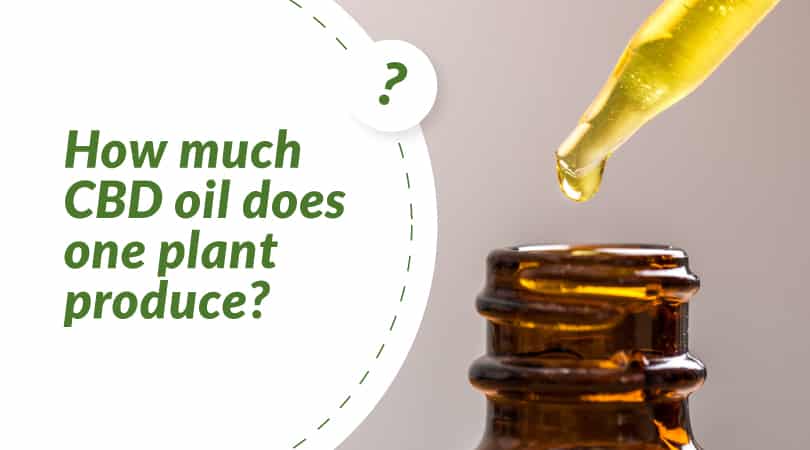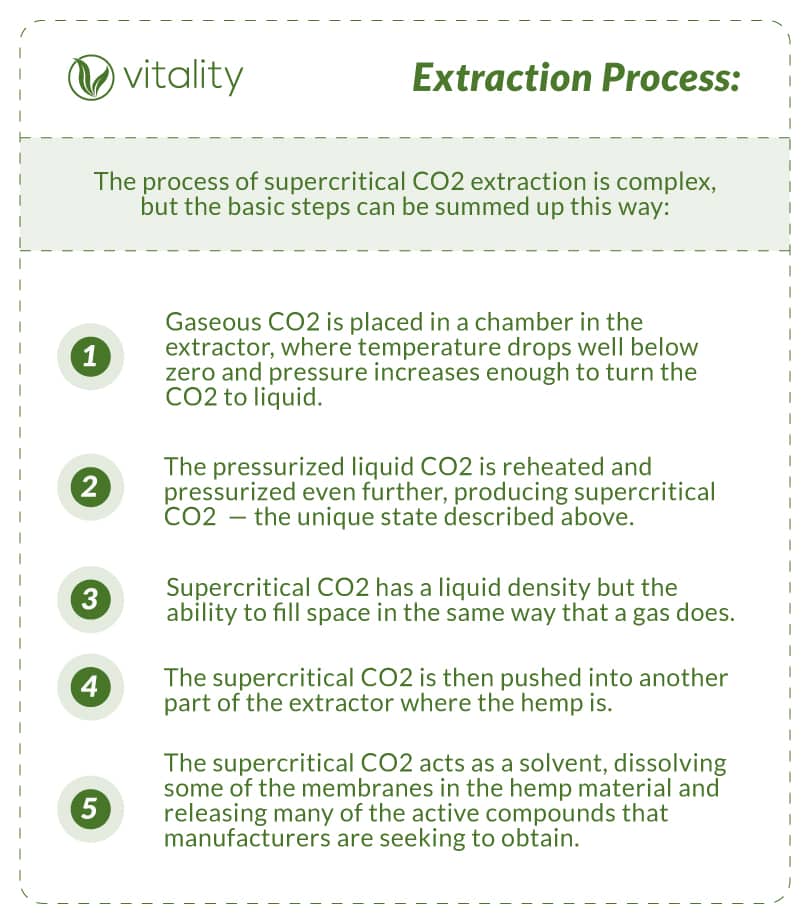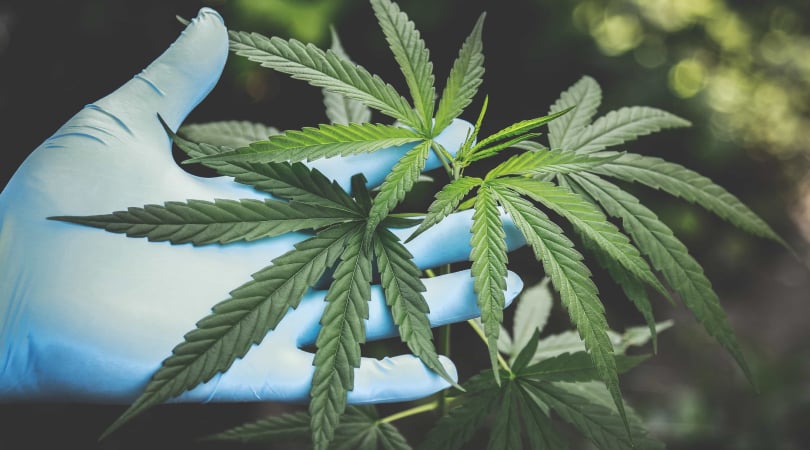
How Much CBD Oil Does One Plant Produce?
Hemp plants are truly amazing; the vitamins, minerals, and nutrients in them provide great health benefits. A newly popular way for humans to receive these benefits includes producing and consuming CBD oil. The advantage of CBD oil is that it offers all of the amazing nutrients of the plant, plus it’s easy to incorporate into your everyday routine. Producing the oil requires the plant to undergo an extraction process. So, how does the extraction process work, and how much CBD oil comes from one plant? Let’s take a look.
How Is CBD Oil Extracted?
CBD extraction is a crucial step in producing CBD oil, as it allows us to collect the CBD compound in a concentrated form which can be transformed into a consumable product. Hemp is the ideal plant for this process, as it has high levels of CBD and low levels of THC. There are different extraction processes that producers can use. Some of the most common include solvent extraction, steam distillation, and supercritical CO2 extraction.
Among these different processes, supercritical CO2 extraction is considered the best method, as it provides the cleanest oil. During this extraction, CO2 is used in lieu of a solvent to extract cannabinoids from the hemp plants. As explained in our past article, “When heated and pressurized properly, CO2 takes on solvent properties usually only found in more aggressive compounds, but without the potentially toxic byproducts that solvents like ethyl acetate can leave behind.” To learn more about the specific steps that must be taken, read our previous article by clicking the link above.

Now that we know how it works, our next question is, how much CBD oil comes from one plant?
How Much CBD Oil Does One Plant Produce?

In general, one hemp plant yields about one pound of CBD tincture. That said, the exact yield of CBD extract per plant depends on the percentage of CBD per plant. It varies by strain, but it is typically 15%-22%. Another factor that affects how much a plant can actually produce is the quality of the plant. There are many components that will impact the quality of the actual plant, such as whether the plant is organic. This is an important factor, as it means the CBD is derived from a higher standard compared to nonorganic CBD products. To be considered organic, every step of the process counts: growing the crops, the harvesting process, the extraction process, and even handling and storage. Essentially, how the plant is handled will have an effect on how much oil can be produced. That’s why professionals with experience handling hemp plants will know how to grow and harvest them in order to receive the maximum amount of CBD from them.
The type of extraction method that’s used also plays a role. Although the supercritical CO2 extraction process is the best option, it is also the most expensive. That’s why some companies try to cut costs by using less expensive processes, even though it will impact the amount of CBD oil that a plant can produce and, more importantly, the quality of the oil produced
As you can see, the extraction process plays an important role in both the quality of CBD oil and per plant yield. At Vitality, we believe a high-quality product is the most important objective. This is why our products are produced using supercritical CO2 extraction, full-spectrum, and USDA organic despite the additional costs thus allowing our customers to receive the maximum benefits and avoid any unintended side effects.
